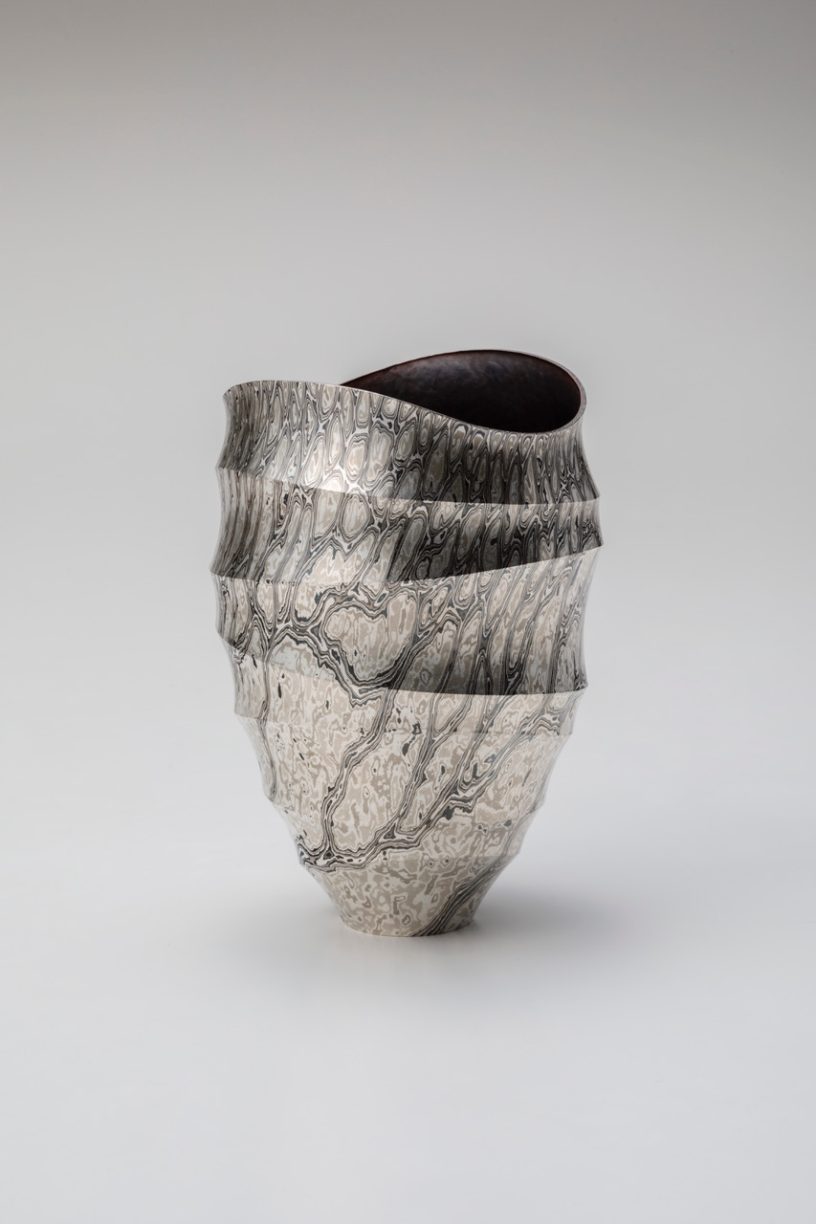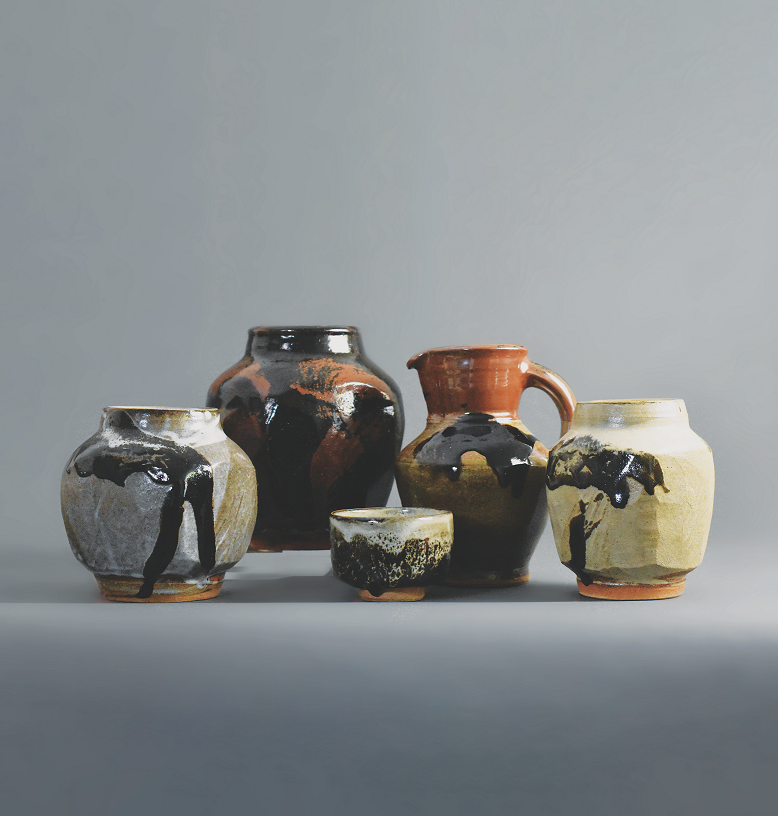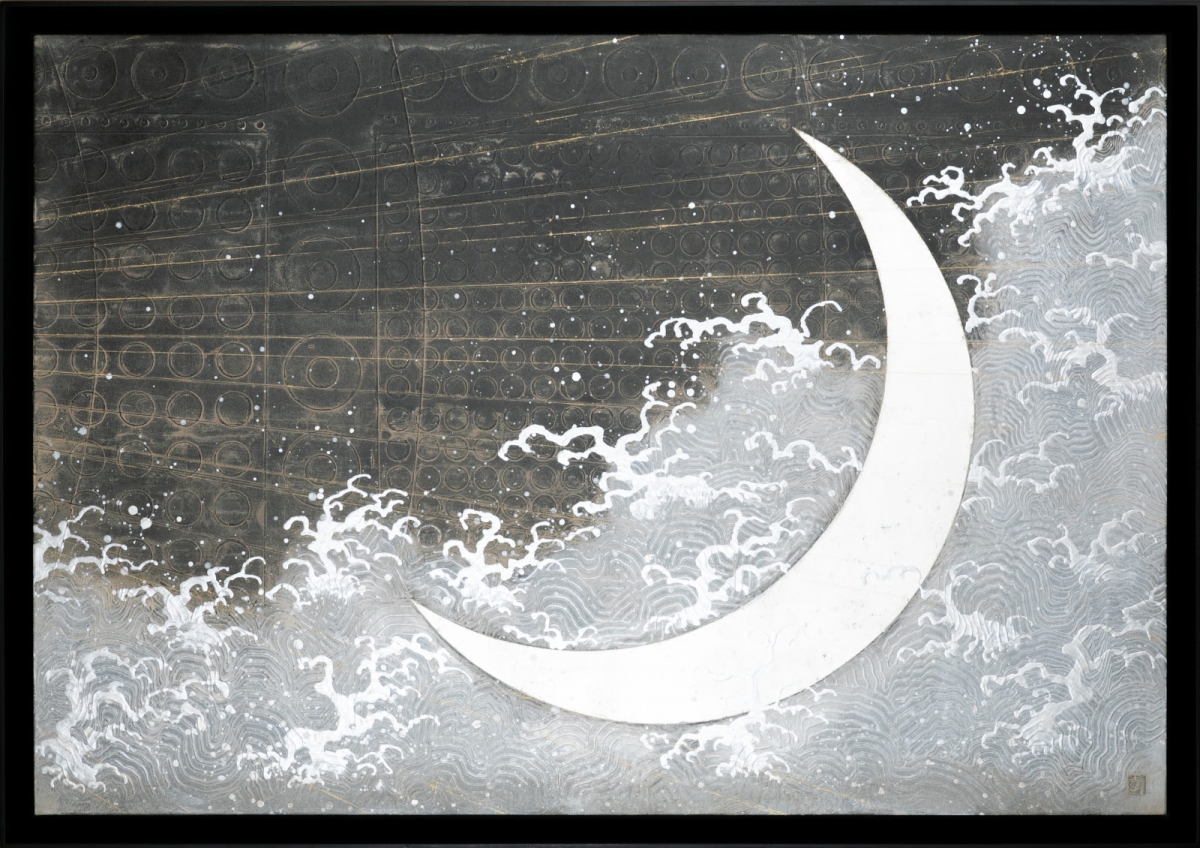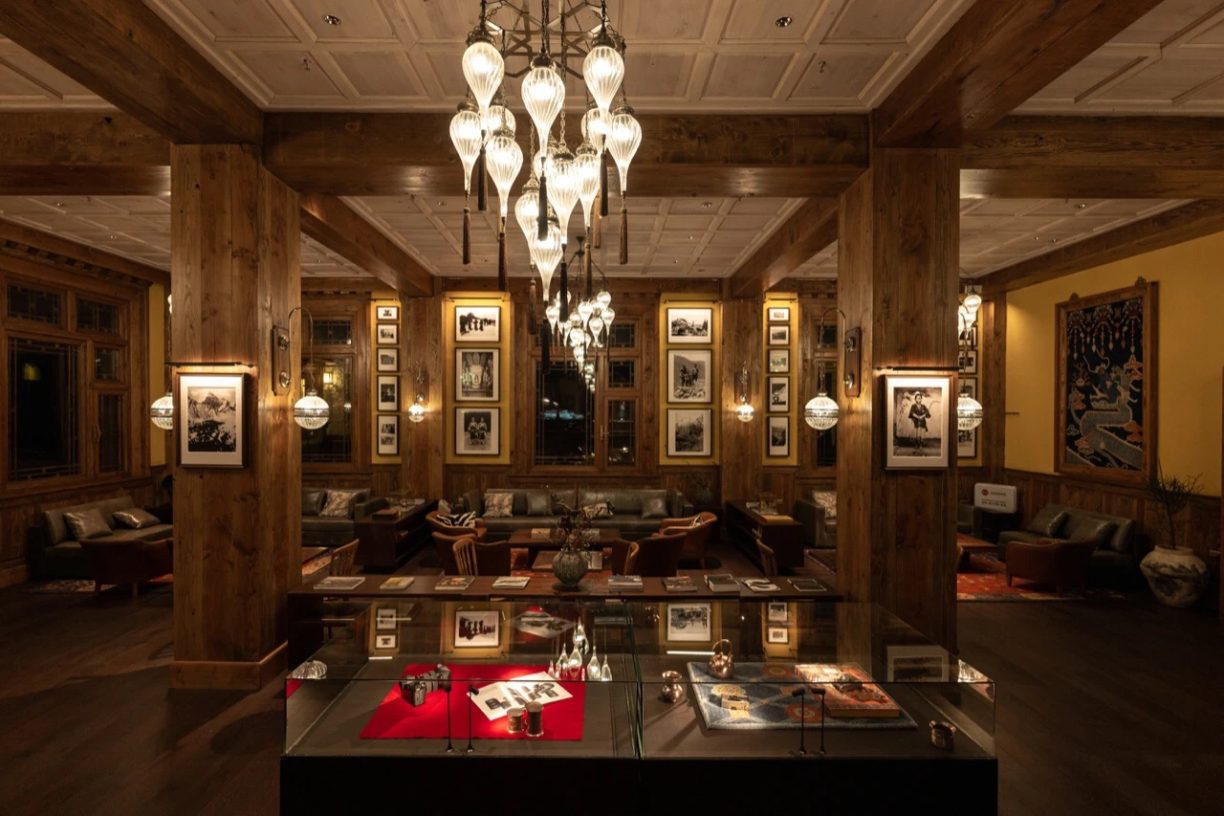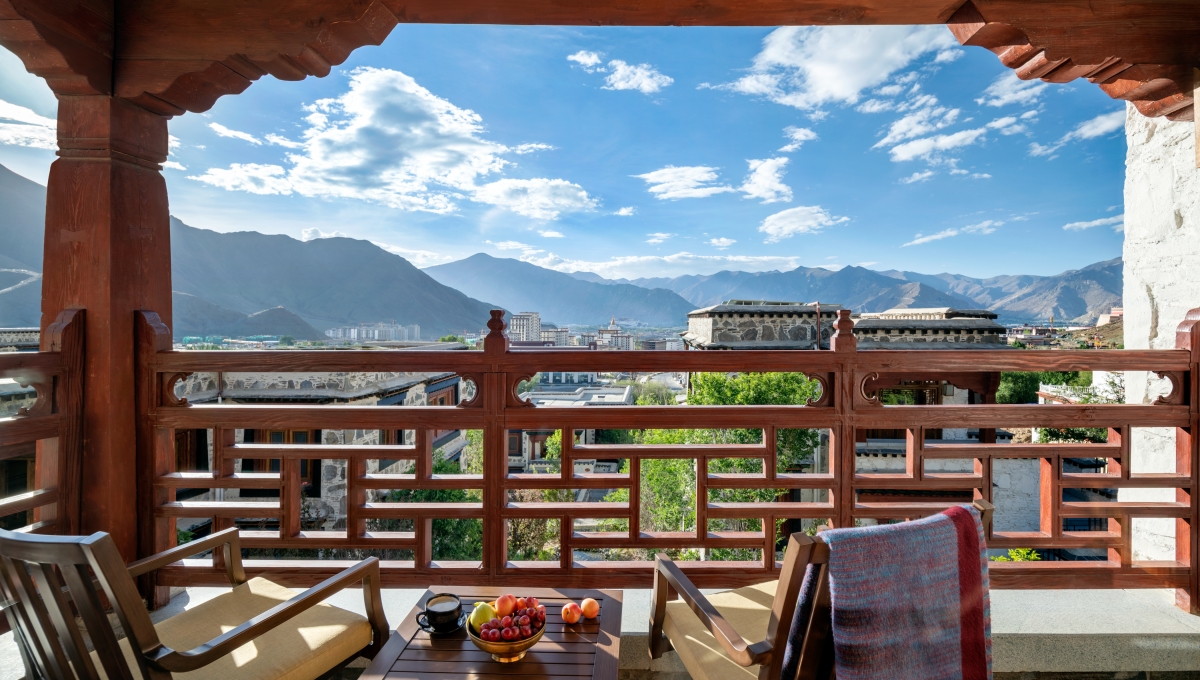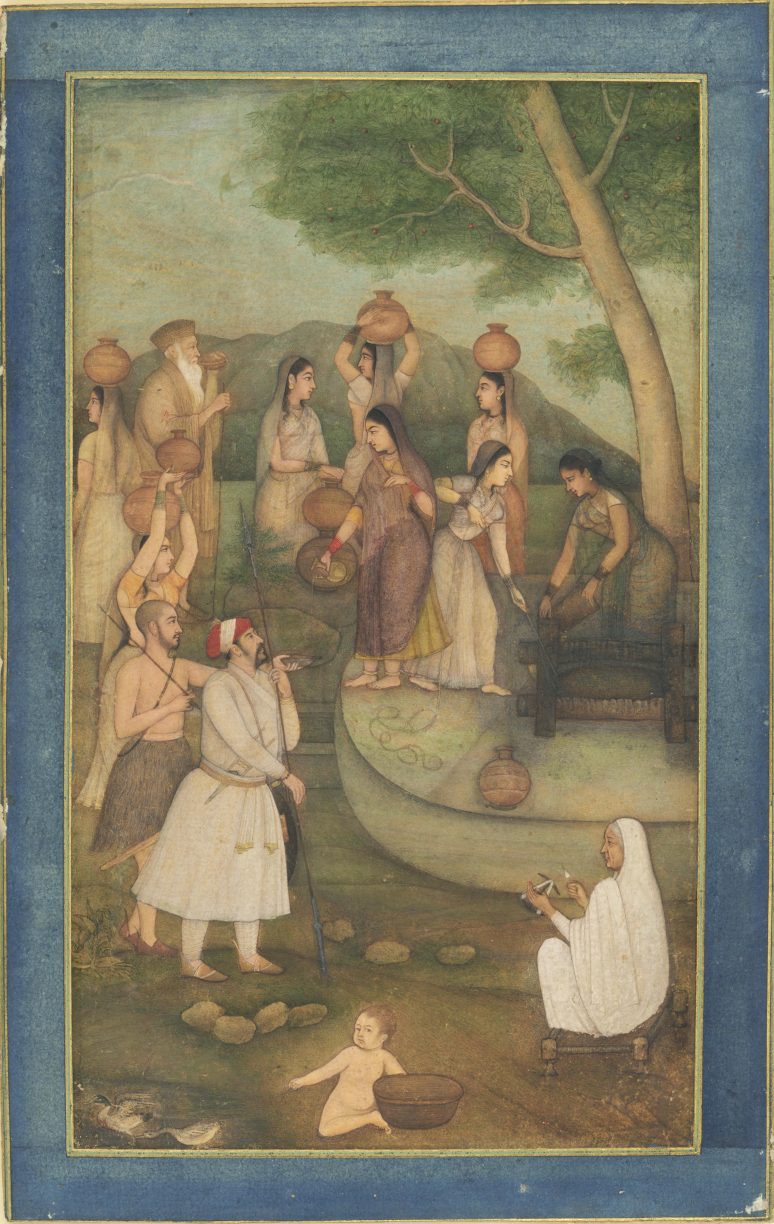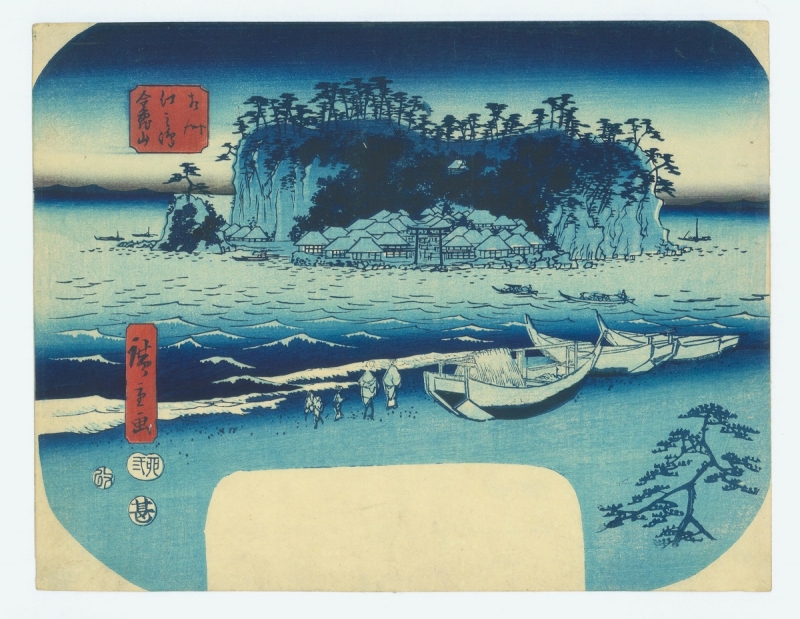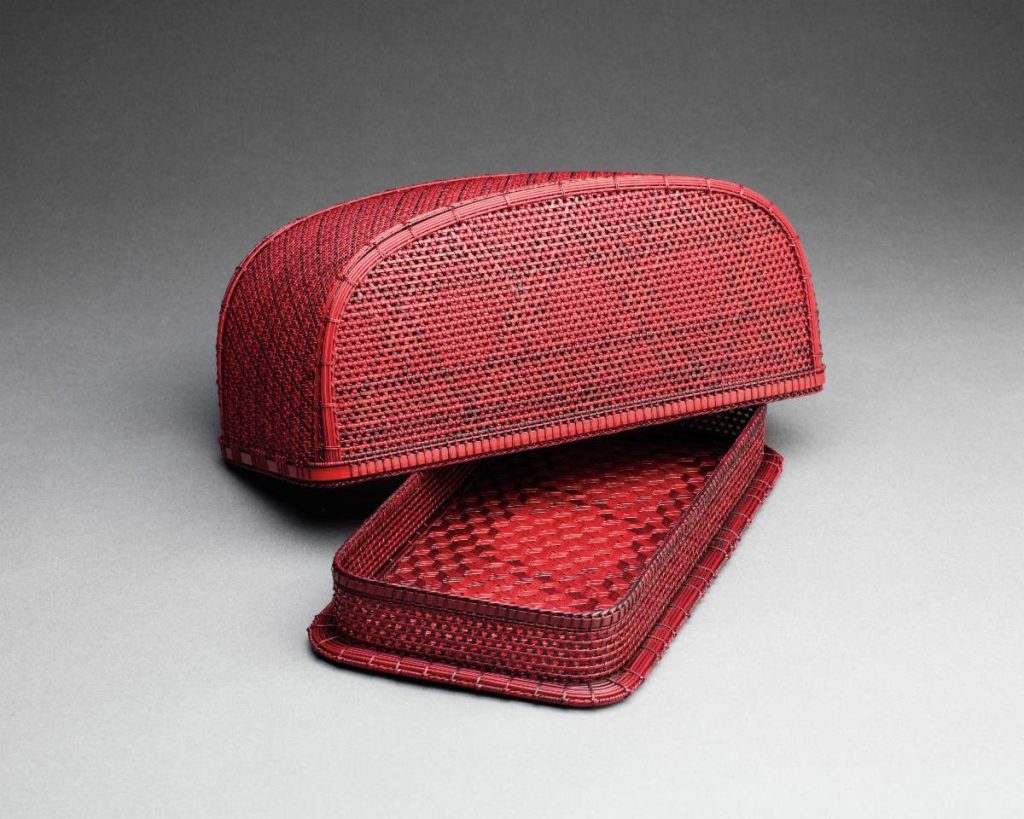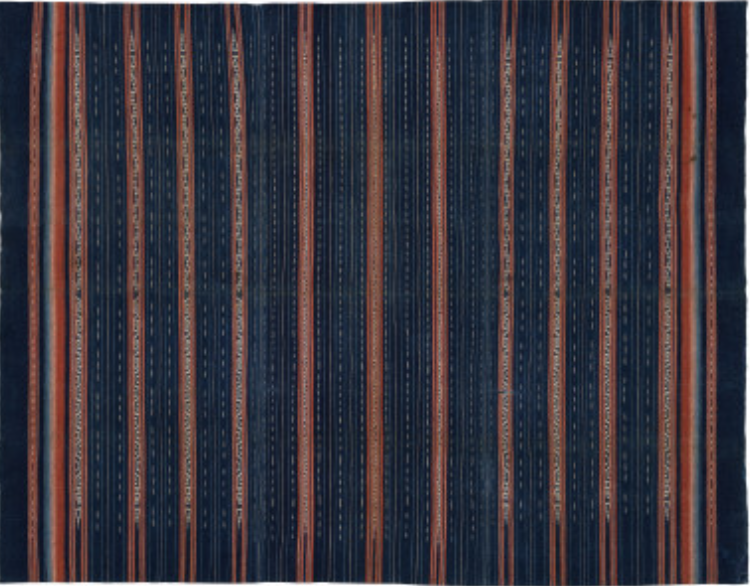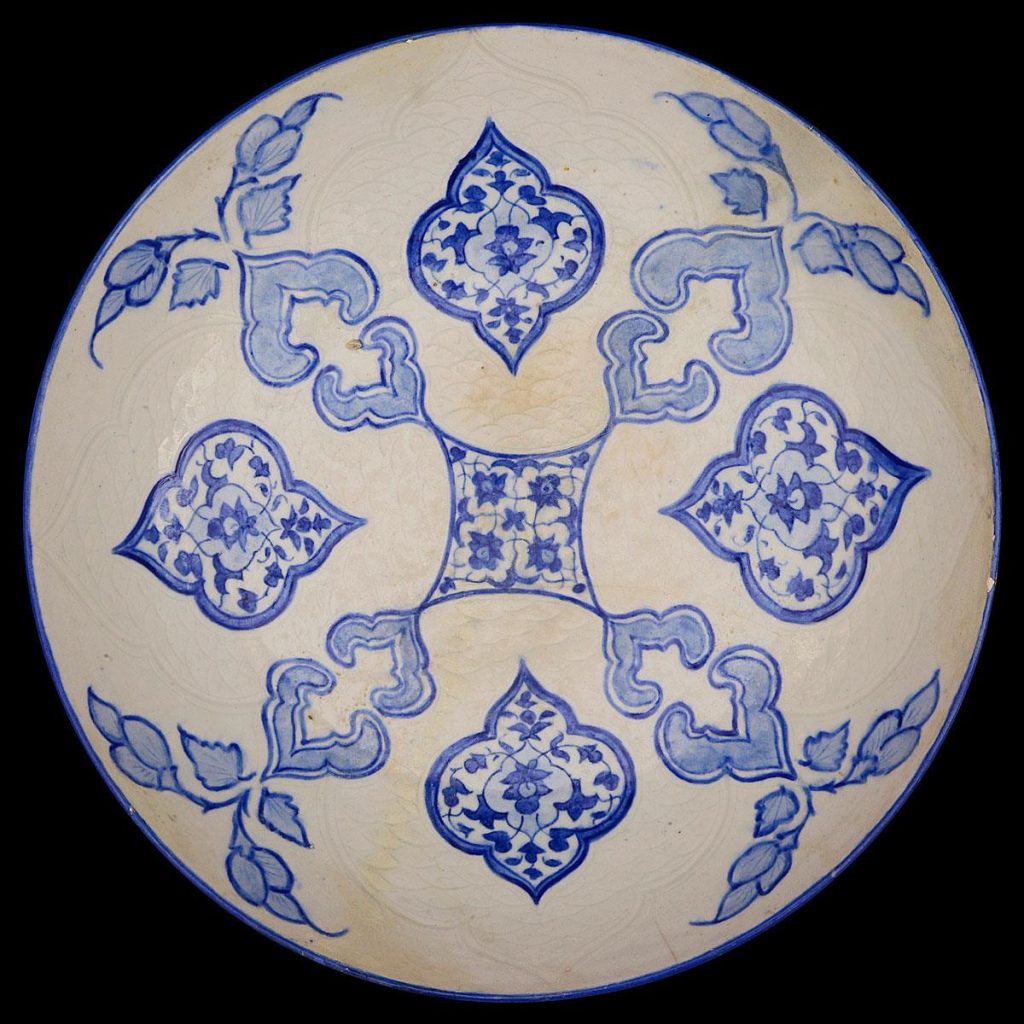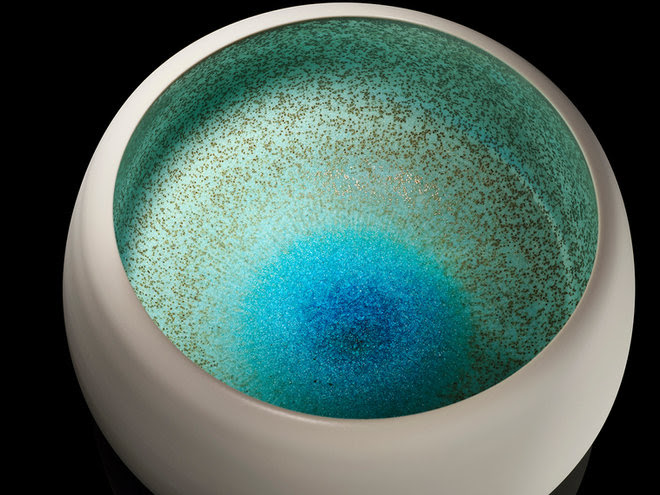
Kotan 14 L, courtesy of Zetterquist Galleries.
Zetterquist Galleries
Announcing a one-woman exhibition by
IPEK KOTAN
September 8th – 25th, 2021
by appointment only
Kotan’s work stems from a visceral need to create with her hands using natural materials and a love of the vessel form. This ubiquitous form, still one of the most essential in daily life even after 30,000 years since its invention is for her the embodiment of timelessness, endurance and the universality of the human experience.
Generosity, openness, sharing and offering are the core of a vessel’s DNA, weaving it tightly into the better parts of the story of humankind. Kotan is interested in what the vessel symbolizes historically and metaphysically rather than its potential as a functional object and uses it as a canvas and frame in which she explores sculptural, modern and minimalist expressions.
Ipek Kotan was born in Istanbul, Turkey in 1977 and studied media arts with an emphasis on photography at Emerson College in Boston, USA. She later attended Rhode Island School of Design (RISD) in Providence, USA and completed her foundation studies in which she explored drawing, painting, ceramics, and metal smithing. In 2008 she moved to England and received her master’s in ceramics from Staffordshire University in Stoke-on-Trent in 2010.
Public collections representing Ipek Kotan’s works include the Museum Boijmans Van Beuningen in the Netherlands, and Staatliche Kunstammlungen Dresden and Museen der Stadt Landshut in Germany. Kotan received commissions from Cartier and Barneys New York, and her works are represented in over 250 private and public collections and museums worldwide. She was the only artist to complete a year-long residency at the European Ceramic Work Centre, now also known as sundaymorning@ekwc, a residency whose past residents include artists such as Anish Kapoor, Antony Gormley and Betty Woodman.
Her work has been reviewed by renowned ceramic art critic Walter Lokau, former Christie’s senior director, interior designer Richard Rabel, published in art publications such as Ceramic Review, New Ceramics, Art Aurea and popular magazines such as Harper’s Bazaar and Elle Decor. Ipek has previously lived in Turkey, the United States, Indonesia, England, Austria, and Switzerland and currently resides in Leiden, the Netherlands.
For more information, click here.


